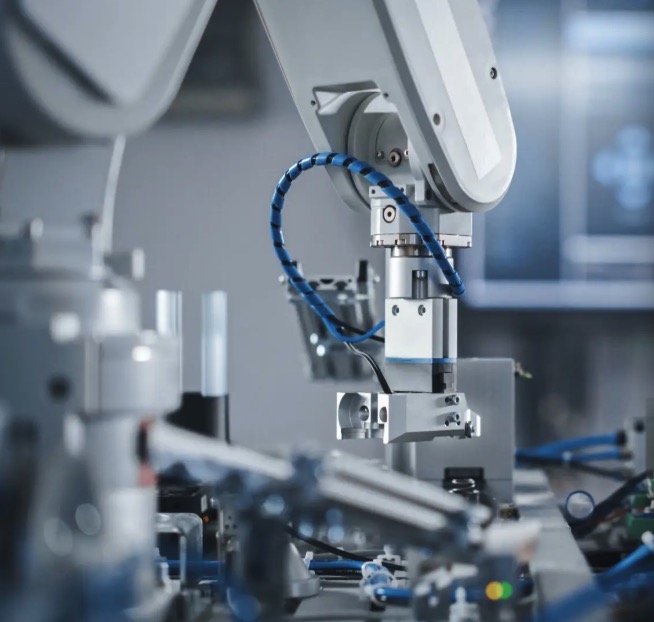Raspberry Pi Load Cell: Enhancing Your Projects with Precision and Control
Article Summary:
1. Introduction
2. Understanding Load Cells
3. Integrating Raspberry Pi with Load Cells
4. Benefits of Raspberry Pi Load Cell Integration
5. Applications of Raspberry Pi Load Cell Projects
6. Conclusion
Introduction:
In the world of electronics and technology, precision and control are paramount. When it comes to measuring weight or force, utilizing load cells is essential. In this article, we will explore how Raspberry Pi can enhance the accuracy and functionality of load cells. Whether you are a hobbyist or a professional, integrating Raspberry Pi with load cells can take your projects to the next level.
Understanding Load Cells:
Load cells are transducers that convert mechanical force into electrical signals. They are commonly used in various industries for weight measurement, such as in industrial scales, automotive testing, and even robotic applications. Load cells are available in different types, including strain gauge, hydraulic, pneumatic, and capacitive load cells. Each type has its own advantages and use cases.
Integrating Raspberry Pi with Load Cells:
Raspberry Pi, a versatile single-board computer, can be seamlessly integrated with load cells. By connecting the load cell to Raspberry Pi’s GPIO pins, you can collect real-time data and perform necessary calculations. To ensure accurate measurements, it is crucial to calibrate the load cell and configure Raspberry Pi accordingly. This integration opens up a world of possibilities for various weight-based applications.
Benefits of Raspberry Pi Load Cell Integration:
1. High Accuracy: Raspberry Pi offers precise digital measurements, ensuring accurate weight readings.
2. Flexibility: With Raspberry Pi, you have the freedom to customize and adapt the load cell system based on your specific requirements.
3. Data Logging: Raspberry Pi’s storage capabilities allow you to log and analyze weight data over time, enabling performance monitoring and troubleshooting.
4. Connectivity: Raspberry Pi can be connected to the internet, enabling remote monitoring and control of load cell systems.
5. Cost-Effectiveness: Raspberry Pi offers a cost-effective solution compared to dedicated load cell indicators or controllers.
Applications of Raspberry Pi Load Cell Projects:
1. Smart Agriculture: Monitor crop weight, soil moisture, and irrigation systems for efficient farming practices.
2. Industrial Automation: Incorporate load cells into manufacturing processes for quality control and material handling.
3. Home Brewing: Enhance your brewing setup by accurately measuring ingredients and fermentation progress.
4. Health and Fitness: Develop personalized fitness devices, such as smart scales or exercise equipment monitoring systems.
5. Robotics: Enable robots to interact with their environment through force sensing, allowing for safer and more precise automation.
Conclusion:
By integrating Raspberry Pi with load cells, you can attain a new level of accuracy, control, and functionality. Whether you are a hobbyist exploring new projects or a professional seeking to optimize industrial processes, Raspberry Pi load cell integration offers endless possibilities. From smart agriculture to robotics, the applications are only limited by your imagination. Embrace the power of Raspberry Pi and unlock the potential of load cell technology in your projects today.
Remember, a strong SEO strategy is crucial to ensure your article gets the visibility it deserves. Incorporate the keyword “raspberry pi load cell” strategically throughout the article to improve search engine rankings and increase organic traffic to your blog.

How to Choose Between PT100, Thermocouple, and NTC Sensors
When it comes to measuring temperature in various applications, selecting the right sensor is critical for achieving precision, reliability, and efficiency. Among the most popular options are PT100 sensors, thermocouples



